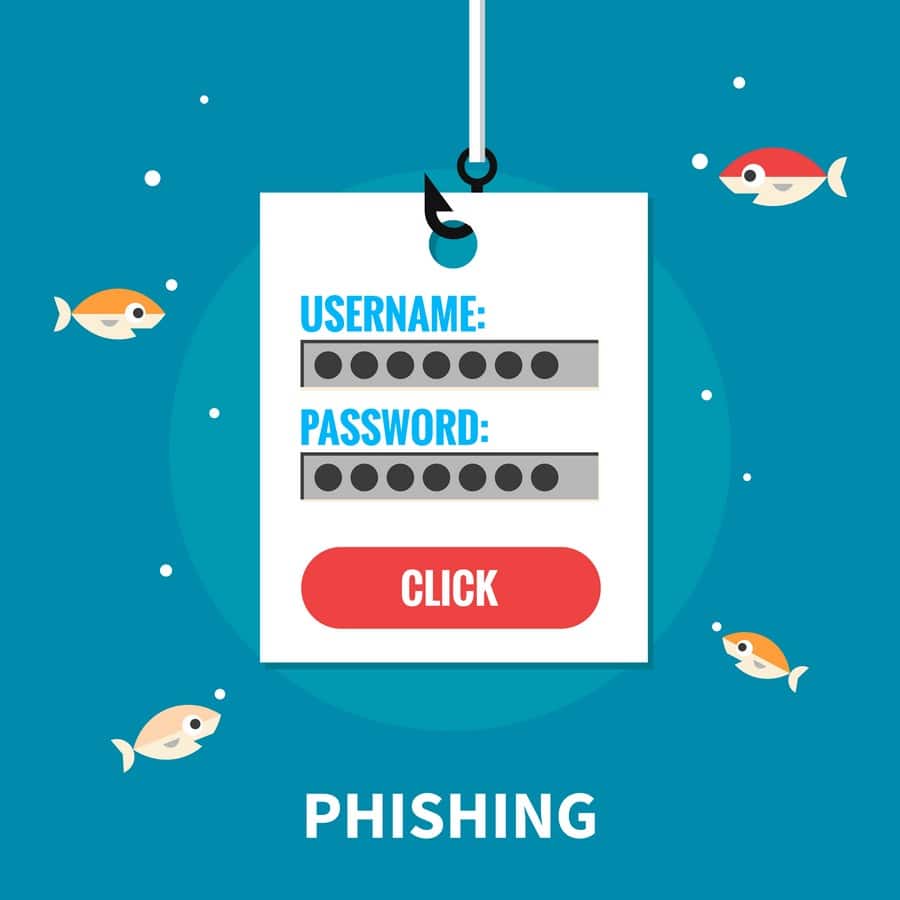Test Altospam’s solutions!
Thousands of companies, CTOs, CIOs, CISOs and IT managers already trust us to protect their e-mail against phishing, spear phishing, ransomware, …

You’ve probably heard of phishing! Phishing is one of the most common scamming techniques used on the web. Every day, millions of people fall victim to this type of scam. Hackers attack not only Internet users, but also organizations such as banks. Their aim: to recover personal, business and sensitive data in order to make money.
This cybercrime technique is often based on the use of e-mails. In recent days, a new form of scam has appeared. Hackers posing as Microsoft employees. They send their victims fraudulent emails to report intrusion attempts and ask them to enter their personal information to improve their online security.
The emails include links that may be to “recover” or “secure” the Hotmail account. These emails allow cybercriminals to retrieve your login and password in order to access your Microsoft account.
Contrary to what you might think, the Microsoft account allows hackers not only to retrieve your emails, personal and professional exchanges and documents, but also to access other applications such as the Office suite and the Xbox account.
Computer criminals have been using phishing for many years. As computer security software has become more powerful, these hackers have also developed their techniques and approaches. This phishing campaign is very well done. However, there are indications that the sender is not Microsoft. The sender name cannot be ” Microsoft Account Team “.
Always remember that emails sent by Microsoft end with ” @accountprotection.microsoft.com “. As far as the subject line is concerned, it should be simple and not too alarmist.
Although the design of the email is almost identical to the one sent by Microsoft, there are clues that prove it’s a fake (spelling mistakes, punctuation errors…).
To protect yourself from cybercriminals, you need to be extra vigilant. The emails that land in your spam folder never come from Microsoft. These emails should be reported and deleted.
Above all, check the sender’s address, and if you have any doubts, don’t hesitate to contact the Microsoft professional team.
It’s also important to protect your corporate e-mail with computer security software: antivirus, antispam and antispyware, such as the renowned Altospam. To surf the web without taking risks, you can use a VPN. Also check the update and remember to protect your Microsoft account with two-step validation. If you have any doubts, you can access your account to view all connected devices and their locations.
Test Altospam’s solutions!
Thousands of companies, CTOs, CIOs, CISOs and IT managers already trust us to protect their e-mail against phishing, spear phishing, ransomware, …